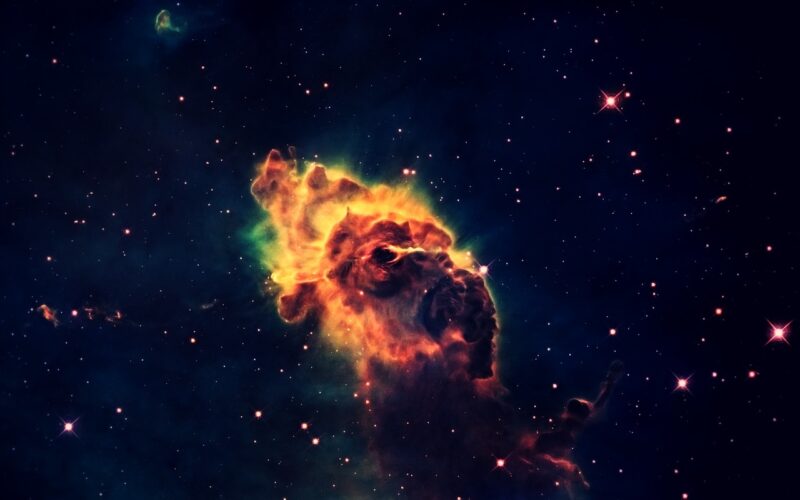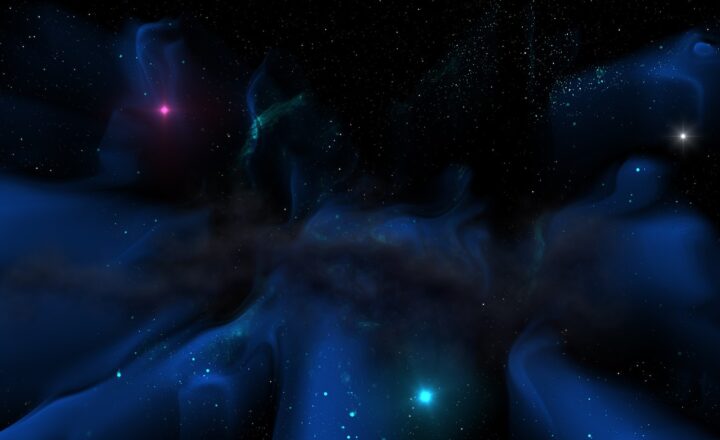The Most Intriguing Theories About the Origins of the Universe
November 17, 2024

The origins of the universe have fascinated humans for thousands of years, igniting our curiosity and imagination. As science and philosophy intertwine, a multitude of theories have emerged, each trying to unravel the enigmas of how the universe came into existence. In this comprehensive exploration, we will journey through some of the most intriguing theories about the origins of the universe, probing the evidence and implications of each.
1. The Big Bang Theory: The Leading Contender
The most widely accepted scientific explanation for the origin of the universe is the Big Bang Theory. It posits that approximately 13.8 billion years ago, the universe began as an infinitely dense point—often referred to as a singularity—before rapidly expanding in all directions. This event was not an explosion in space, but rather an expansion of space itself.
As the universe cooled, matter began to form, initially existing as simple hydrogen and helium atoms. Over billions of years, these elements coalesced under gravity to form the stars, galaxies, and ultimately the complex structures we observe today.
Challenges and Questions:
Though the Big Bang Theory is robust, it raises questions, such as what preceded the Big Bang and why it occurred. Furthermore, the discovery that the universe is expanding at an accelerating rate due to an unknown force dubbed dark energy suggests that the understanding of the universe’s origins might still be incomplete.
2. The Steady State Theory: The Continuous Creation of Matter
Proposed as an alternative to the Big Bang Theory in the 1940s by astronomers Fred Hoyle, Thomas Gold, and Hermann Bondi, the Steady State Theory suggests that the universe has no beginning or end in time. Instead, it posits that as the universe expands, new matter is continuously created to fill the gaps left by the expansion, maintaining a constant density.
This theory was attractive due to its philosophical implications of an eternal universe, but it faced challenges, especially with evidence from cosmic microwave background radiation and observational data from distant galaxies.
Important Evidence and Decline:
The discovery of the cosmic microwave background radiation in 1965 acted as a strong supporting evidence for the Big Bang Theory, leading to the decline of the Steady State Theory among the scientific community.
3. Quantum Fluctuations and the Multiverse: A Layered Existence
Quantum mechanics introduces a layer of complexity to cosmic origins through the concept of quantum fluctuations. Some cosmologists suggest that our universe may be just one of many within a vast multiverse.
The idea posits that during the chaotic moments after the Big Bang, quantum fluctuations in a primordial field of energy could lead to the formation of various bubble universes, each with distinct physical laws and constants. This concept shifts the understanding of existence from a singular universe to a potentially infinite spectrum of realities.
Implications of the Multiverse:
The implications of a multiverse are profound, as they suggest that our universe may not be unique, and other universes could potentially harbor different forms of life, laws of physics, and timelines. While this theory remains largely speculative, it offers tantalizing possibilities about the nature of reality.








